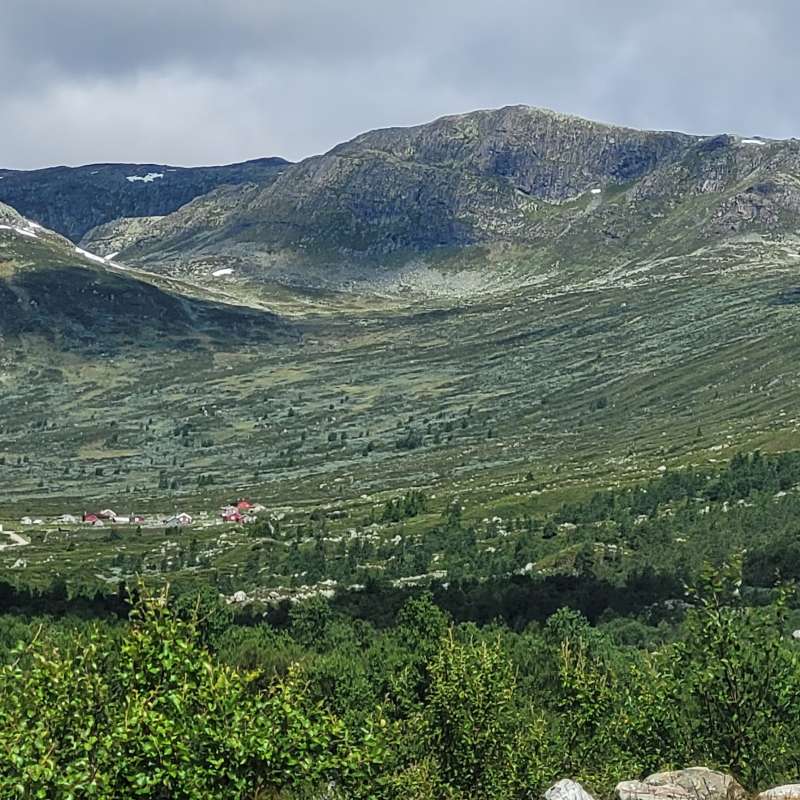Hanne Sickel
Forsker
(+47) 995 71 160
hanne.sickel@nibio.no
Sted
Ås - Bygg O43
Besøksadresse
Oluf Thesens vei 43, 1433 Ås (Varelevering: Elizabeth Stephansens vei 21)
Sammendrag
Det er ikke registrert sammendrag
Forfattere
Ulrike Bayr Annette Bär Hanne Sickel Kristin Daugstad Synnøve Grenne Svein Olav Krøgli Kari Straume EnerstadSammendrag
Det er ikke registrert sammendrag
Sammendrag
Det er ikke registrert sammendrag

Divisjon for kart og statistikk
Mitigation and Adaptation in Cultural Heritage Landscapes: Lessons from Transhumant Pastoral Systems for Managing Novel Climate Risks (PastAdapt)
Cultural landscapes provide essential ecological and sociocultural services and contain insights needed to combat climate change, but they are vulnerable to climate change and other stressors. By examining the cultural landscapes of transhumant pastoralism in France, Norway, and Spain, we will detail climate and other threats to this intangible cultural heritage (ICH), the characteristics and factors that create adaptive capacity in these systems, and methods for sustaining ICH through community action and policy.

Divisjon for matproduksjon og samfunn
FJELLBEITE - Endringer i utmarksbeiting og setring - årsaker, virkninger og tiltak
